
As many states start to relax their stay-at-home orders, individuals and families are navigating how best to reengage with what was once everyday life.
For some, the fear of contracting coronavirus feels remote. They will resume errands, shopping and appointments as they once did.
Others will be more cautious, looking to scientists for guidance on how to weigh the risks of leaving home. As part of Just the FAQs: Coronavirus Conversations, ETInside.com interviewed four specialists to get answers to some of your most pressing questions. Tim Lant and Joshua LaBaer at Arizona State University are now working on models to track the spread of the virus in Arizona. The University of Chicago’s Devin G. Pope studied how the virus spreads in restaurants and bars. And Dr. Peter Alperin of San Francisco is an expert on telemedicine.
This is their advice on new ground rules for resuming common activities:
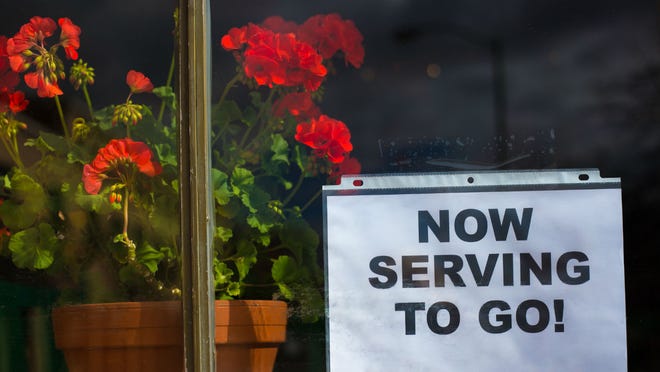
Question: Are any restaurants safer, or more dangerous, than others?
Pope’s short answer: Sit-down restaurants where people spend an hour or more increase your exposure over time. And the more people you eat with, the more opportunities there are to become infected.
Long answer: “There is a surprisingly large amount of variation in the level of risk and contact across different types of restaurants. For example, our analysis … found that some restaurants (e.g. Cheesecake Factory and Olive Garden) are inherently riskier than other restaurants (e.g. McDonalds and Subway). When going to a bar/restaurant, the level of risk increases substantially with the number of people who are with you. In other words, a party of eight is more than twice as risky as a party of four.”
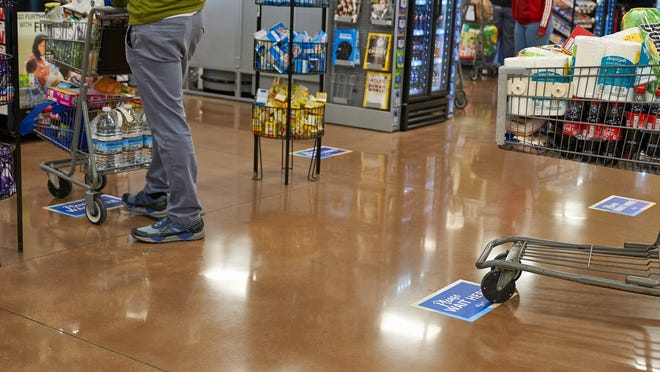
Q: How do we decide if a place is safe to go into?
Short answer: There is no no-risk place outside your home.
Long answer: If a business or office is doing all of the following things, it is taking safety seriously:
- Patrons wearing masks.
- Social distancing standing markers on floor/sidewalk.
- Staff wearing masks/gloves.
- Signage with protocols posted so people know how to comply and what to expect.
- Touchless takeaway – i.e. your food on a table, pay via phone.
- Capacity limited by tables and chairs removed or blocked
- Shields between workers and patrons where possible.
– Tim Lant, director of program development, and Joshua LaBaer, executive director, Biodesign Institute at Arizona State University
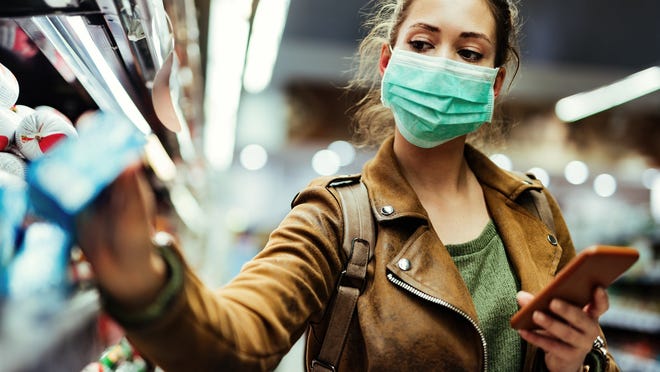
Q: What should I do when I go out?
Lant: Wear a mask when not eating or drinking.
2. Stay home when you can to reduce number of people in spaces.
3. Keep washing your hands.
4. Give others personal space.
5. Be courteous to staff and patrons.
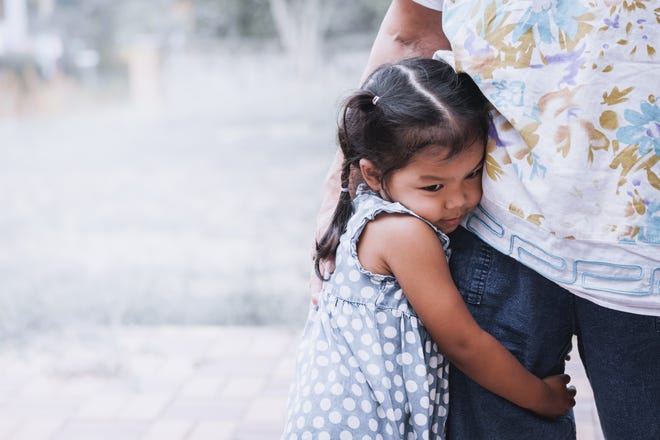
Q: When can I touch or hug someone I have not been living with?
LaBaer’s short answer: It depends.
Long answer: Some people are advocating for testing every three days for individuals with public-facing jobs. This is based on the notion that incubation for the virus is three to five days, so a test every three days would likely catch someone relatively early in an infection, before they have had a chance to spread it.
A negative test is very reassuring, but there are biological (not just technical) reasons that a test could produce a false negative. For example, you could have been infected yesterday, so a test today would be too soon. (You might not test positive for three to five days from exposure – depending on the size of your inoculum and your own general response to virus.) So it is really a combination of good testing and careful attention to avoiding exposure that would be most reassuring.
If you were primarily at home and isolated, and diligent about wearing a mask and washing your hands when you went out occasionally while maintaining social distancing, and then tested negative, I think it would be OK to hug your mom. There is no guarantee here, but it is pretty good. That said, this assumes your mom is of generally good health and not in a very high risk group (other than maybe her age).
Q: Should I go for a routine or preventative check up?
Peter Alperin, vice president at Doximity and internal medicine physician: The CDC recently recommended that nonemergency medical providers delay routine or elective visits to preserve protective equipment and alleviate the risk of spreading COVID-19. And some states have rules about which appointments and procedures can proceed. These rules vary and will continue to vary as states ease restrictions.
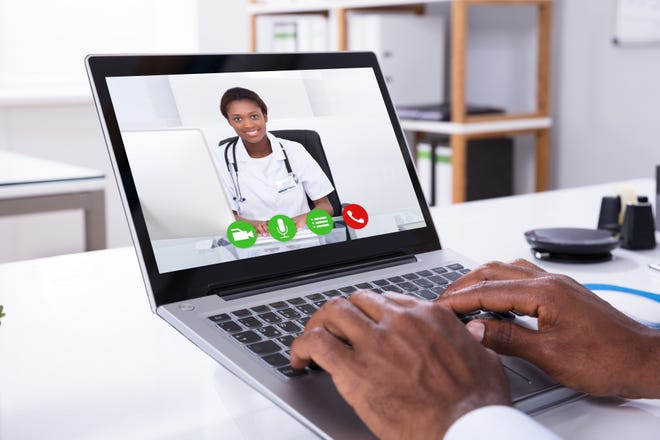
What should we do if we don’t want to go into an office to see the doctor?
Alperin: Check with your health care provider to see what options he or she has for patients who do not want to be seen in person. They should offer one or all three of the following:
- Telemedicine
- Telephone (call the office)
- Online patient portals, which are secure places to review lab results or send and receive messages
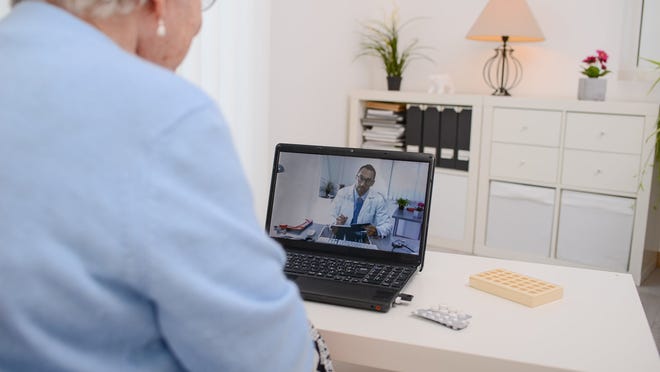
How do I make the most of a telemedicine appointment?
Alperin: Find a quiet room and use headphones/earbuds if possible.
2. Make sure there is good lighting so your doctor can see you.
3. Wear loose clothing so you are better able to participate in the physical exam.
4. Write down specific questions.
5. Have a pen and paper handy to write down instructions; the physician won’t print out a summary as they often do with in-person visits.
How do we stay safe at the doctor’s office?
Alperin: Call ahead and ask for guidance about protocols.
2. Wear a mask.
3. Ask which door is best to enter.
4. Ask if you can check in or fill out forms online.
5. Remain distant from others in the waiting room, or wait in the car and ask them to call you to come in.
6. Use a tissue or gloves to open doors.
7. Bring your own pen to fill out forms.

You can check out the latest casting calls and Entertainment News by clicking: Click Here
Click the logo below to go to the Home Page of the Website
Click the logo below to follow ETInside on Twitter
Click the logo below to follow ETInside on Facebook
Click the logo below to follow ETInside on Instagram
Click the logo below to follow ETInside on Pinterest
Click the logo below to follow ETInside on Medium

















